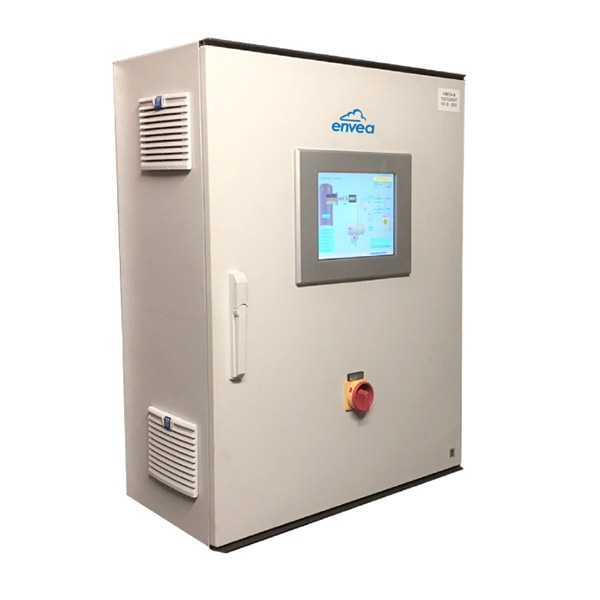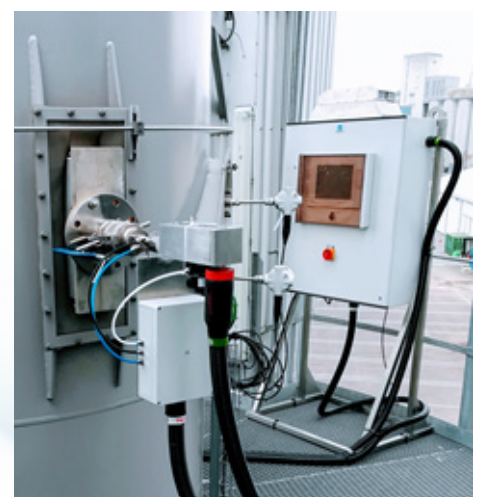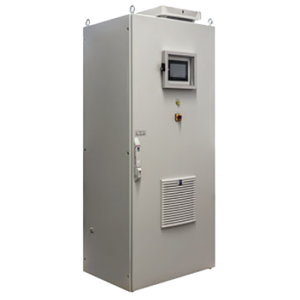Description
AMESA-B Biogenic CO2 Sampler
The AMESA-B is an automated sampler which accurately reports the fraction of fossil and biogenic CO2 emissions.
- Ofgem approved – Proves biogenic content is greater than 50% to obtain ROC’s
- 14Carbon – Utilises the most accurate method to determine the biogenic CO2 emissions
- The sampling principle fulfils the requirements of EN ISO 13833
- Installment pending on numerous Energy from Waste sites
Why is the Measurement of Biogenic CO2 Important?
Recently, there has been an increasing interest for the quantification of biogenic CO2 in emissions. The Environment Agency now requests plant operators to report Pollution Inventory (PI) emissions to include the biomass (biogenic) and fossil derived carbon dioxide (ratio).
The increase of greenhouse gas (GHGs) emissions is impacted by fuel combustion. In Energy from Waste and power generation plants, combustion releases huge amounts of carbon dioxide (CO2) emissions into the Earth’s atmosphere. CO2 made up of biogenic and non-biogenic carbon is among the leading factors which have been shown to contribute to global warming.
Biogenic CO2 Reporting Technology
When combusting mixtures of fuels which originate from fossil fuels and biogenic carbon, current technology prohibits the exact ratio of biogenic and fossil CO2 in the total CO2 that is emitted through the stack gas.
However, when the two fuels are burned together, an accurate breakdown of the biogenic CO2 fraction of the emissions can be achieved using the process of 14Carbon dating.
How Does the AMESA-B Work?
The continuous and automated sampler extracts CO2 samples from exhaust gas in the flue via a heated sampling probe. The sample is transported to the enclosure. An adsorber cartridge filled with sodium hydroxide or soda lime, used to determine the biogenic fraction of CO2.
- It is continuous and therefore fully representative of the feedstock
- Fully automated and requires no intervention
Typically, at the end of each month, samples from each test rig are collected, processed, and sent to an authorised analytical laboratory. The laboratory undertakes 14C spectrometry and provides the operators with the results in a report. The report gives the operator everything they need for the submission to Ofgem. As a result, the site operator can obtain ROCs and report to the Environment Agency.
Renewable Obligation Scheme – A Financial Reward for Renewable Energy Generators
The Renewable Obligation (RO) scheme, regulated by Ofgem, requires licensed electricity generators to source an increasing proportion of the electricity from renewable sources – in this case biogenic CO2.
For their part to prove that these renewable obligations have been met, EfW operators are heavily incentivised to prove the fraction of biogenic CO2 emissions. Operators obtain Renewable Obligation Certificates (ROCs) which are traded with energy suppliers.
So how are ROCs calculated? Read our guide here
Book an AMESA-B Trial
Three major energy from waste companies are currently trialing the AMESA-B. Book a 3 month trial with us.
Additional Information
| Configuration | |
|---|---|
| Brand |
Product Downloads
You may also like…
Talk with the Experts
Contact us - Our team of application specialists can assist you with system design, installation, maintenance, and repair. As a systems integrator, we provide end-to-end support to ensure your facility has a reliable and effective gas detection system in place.
Sign up for more information - For more information on protecting your staff from the dangers of gas leaks, sign up for our emails.







